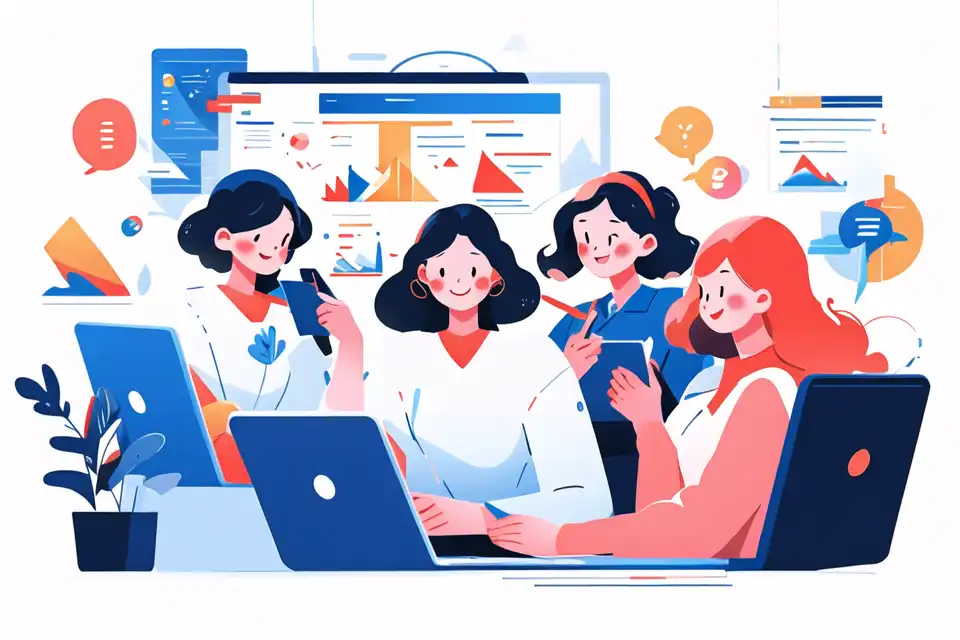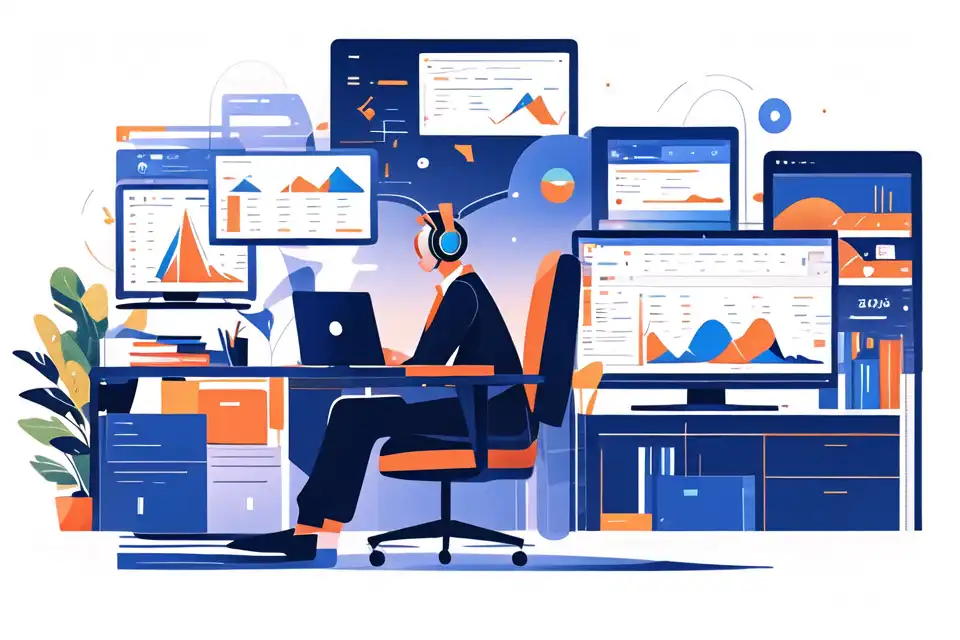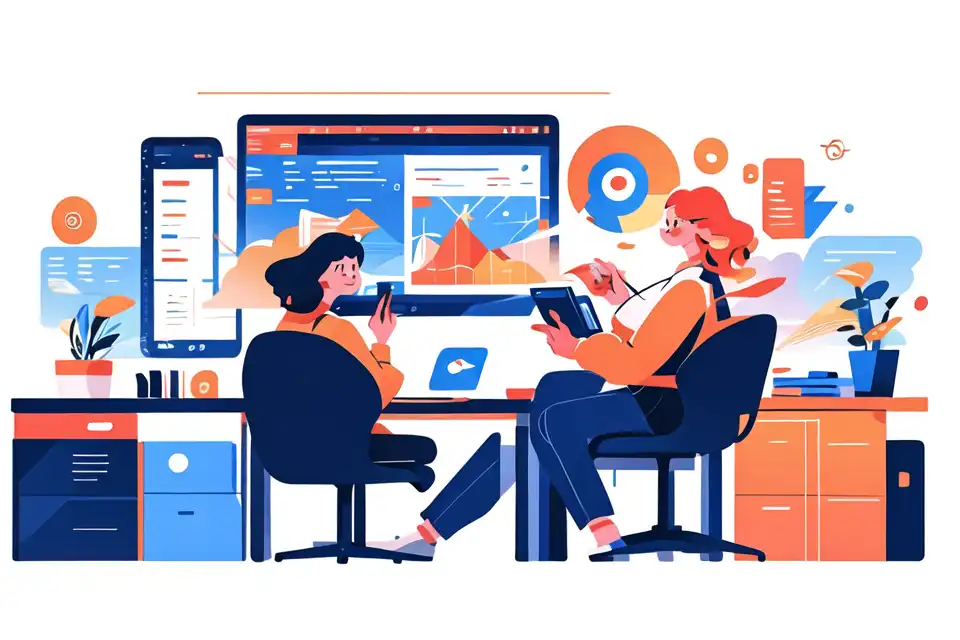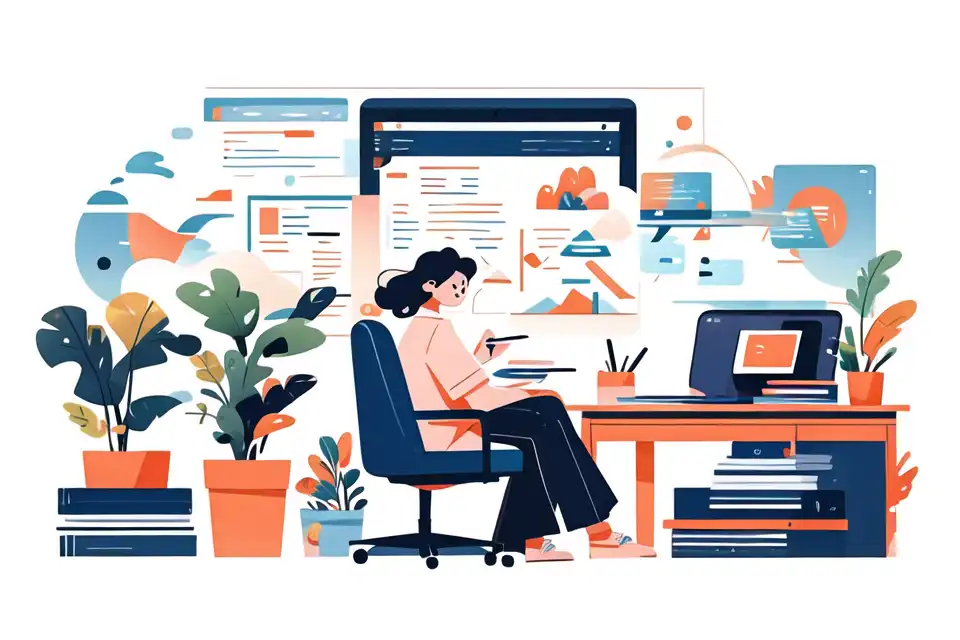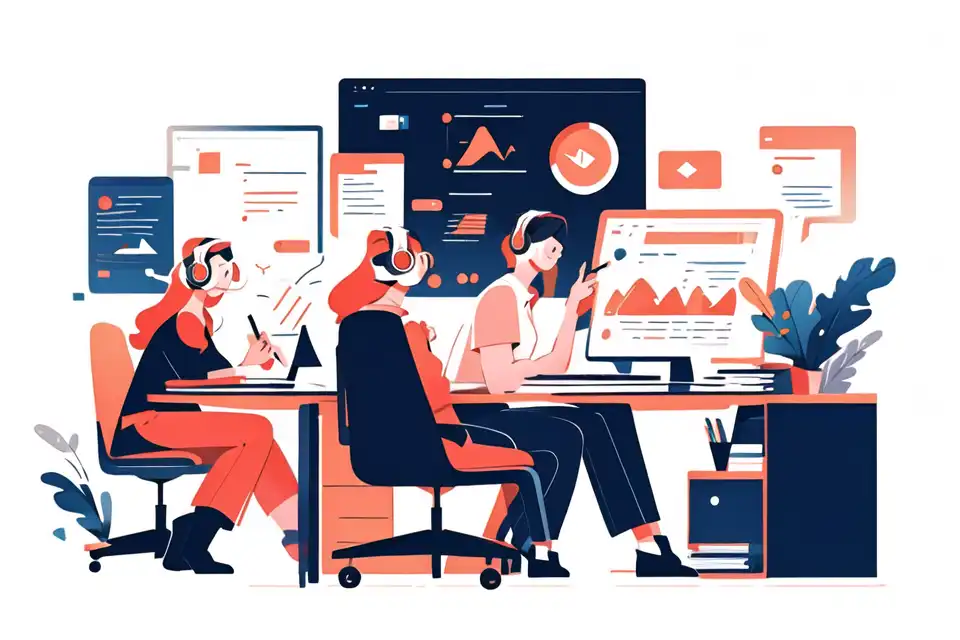How to Handle a Difficult Client Professionally
Master the art of professional communication in business settings with expert guidance. Learn how to handle a difficult client professionally.
Try Lark for Free
In today's business landscape, effectively managing challenging client interactions is crucial for maintaining professionalism, fostering healthy relationships, and achieving positive outcomes. This article will explore various strategies, practical examples, and essential considerations to guide professionals on how to handle difficult clients professionally.
Why understanding how to handle a difficult client professionally matters
Navigating challenging client interactions plays a pivotal role in upholding a positive business image and fostering strong client relationships. Understanding the significance of handling difficult clients professionally is essential for sustaining client satisfaction, ensuring business success, and fostering a positive reputation within the industry.
The Impact on Client Relationships
Developing the skills to handle difficult clients professionally is imperative in maintaining strong and mutually beneficial client-professional relationships. By effectively managing challenging client interactions, professionals can instill confidence, foster trust, and demonstrate a commitment to addressing client concerns with poise and expertise.
Business Sustainability
Mastering the art of managing challenging client interactions contributes to the long-term sustainability of a business. By prioritizing professionalism and adeptly handling challenging scenarios, professionals can mitigate potential conflicts and harmoniously resolve issues, ultimately securing client retention and enhancing the overall reputation of the business.
Professional Growth
Professionals who demonstrate their ability to navigate difficult client interactions effectively are more likely to be recognized for their leadership and problem-solving skills. Moreover, adeptly managing challenging client interactions can lead to enhanced professional growth opportunities and a distinguished industry reputation.
Use Lark Messenger to elevate your team communication.
Practical examples of dealing with how to handle a difficult client professionally
Example 1: setting clear expectations
Example 1: setting clear expectations
A Typical Scenario: In a project meeting, the client expresses dissatisfaction with the progress and raises unfounded complaints.
Common Mistakes Made in This Scenario:
-
Failing to actively listen and address the client's concerns.
-
Reacting defensively or dismissively to the client's feedback.
Best Expression in Quotes for the Scenario:
"I understand your concerns, and I am committed to addressing them promptly. Let's discuss the specifics of the issues you've encountered to find a viable solution that aligns with your expectations."
Example 2: communication and transparency
Example 2: communication and transparency
A Typical Scenario: The client repeatedly requests last-minute changes, causing project delays.
Common Mistakes Made in This Scenario:
-
Overpromising and underdelivering on proposed timelines.
-
Inadequate communication regarding project scope and potential adjustments.
Best Expression in Quotes for the Scenario:
"I appreciate your feedback, and I will ensure that any proposed changes align with our project timeline. Additionally, I will provide transparent updates to keep you informed of the impact on project deliverables."
Example 3: demonstrating empathy and understanding
Example 3: demonstrating empathy and understanding
A Typical Scenario: The client expresses frustration regarding a misunderstanding that occurred during a communication exchange.
Common Mistakes Made in This Scenario:
-
Failing to acknowledge the client's perspective or emotional response.
-
Dismissing the situation without demonstrating empathy or understanding.
Best Expression in Quotes for the Scenario:
"I recognize the impact of this misunderstanding and appreciate your openness in discussing it. I am committed to resolving this matter in a manner that meets your expectations and strengthens our collaborative efforts."
What are the consequences of not knowing how to handle a difficult client professionally
What are the consequences of not knowing how to handle a difficult client professionally
Effective management of challenging client interactions is crucial, as failure to do so can lead to various negative consequences.
Endangering Client Relationships
Inadequately addressing challenging client scenarios can jeopardize the integrity of client relationships, leading to dissatisfaction, potential disputes, and a tarnished business reputation.
Impeding Business Opportunities
Mishandling difficult client interactions may deter potential business prospects, as unsatisfied clients may share negative feedback, affecting the company's growth and opportunities.
Strained Professional Reputations
Professionals who consistently struggle to navigate challenging client interactions risk developing a negative professional reputation, potentially impacting career growth and opportunities.
Learn more about Lark x Communication
Methods of phrasing how to handle a difficult client professionally
Method 1: The Empathy Approach
By utilizing language that conveys empathy and understanding, professionals can effectively navigate challenging interactions while fostering a sense of collaboration and mutual respect.
Method 2: Clarity and Assurance
Using clear and reassuring language signals to the client that their concerns are valued and being earnestly addressed, instilling confidence in the professional-client relationship.
Method 3: Proactive Problem-Solving
Employing language that emphasizes proactive problem-solving demonstrates a commitment to swiftly addressing issues and actively seeking resolution, promoting client trust and confidence.
Use Lark Messenger to elevate your team communication.
Do's and dont's when you don't know how to handle a difficult client professionally
| Do's | Don'ts |
|---|---|
| Actively listen to the client's concerns | Dismiss or downplay the client's feedback |
| Acknowledge the client's perspective | React defensively to client criticisms |
| Provide transparent updates and timelines | Overpromise and underdeliver on proposed timelines |
| Demonstrate empathy and understanding | Disregard the emotional impact of client concerns |
| Seek proactive solutions for issue resolution | Avoid addressing or delaying issue resolution |
Conclusion
Successfully managing challenging client interactions is a cornerstone of professional success, fostering positive client relationships, and safeguarding business sustainability. By understanding the significance of handling difficult clients professionally, professionals can navigate challenging scenarios with confidence and proficiency, leading to enhanced client satisfaction and sustained business growth.
